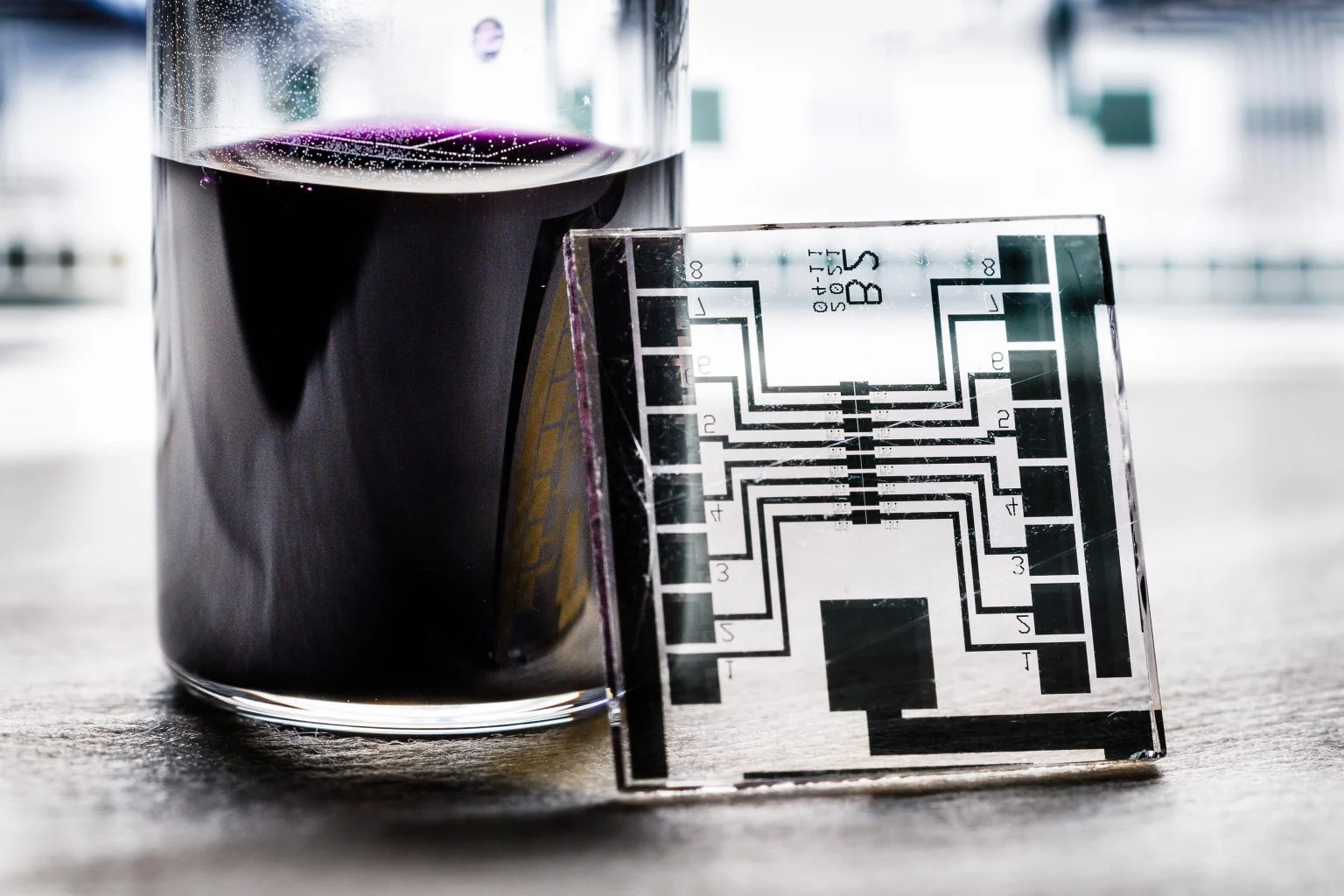Machine learning is automatized object-oriented programming.
In object-oriented programming, the programmer handles libraries or objects. Those libraries are the pre-created program bites. And the programmer just interconnects those objects into one entirety. In object-oriented programming tools, some commonly needed objects are like commands.
However, the libraries that the programmer loads to the top of the editor involve most of the program. The AI-based programming tools can create programs by using descriptions that the programmer gives using spoken language. In machine learning the machine itself interconnects those libraries into the new entireties.
AI and AI-controlled systems require lots of computing power. Algorithms are complicated and heavy to drive. When we think about the always-changing environment use of static algorithms is impossible. It's not possible to create algorithms that fit all situations. This is the reason why dynamic morphing algorithms are the tools that make the next-generation AI more powerful.
The system automatically interconnects the algorithm's "objects" together in morphing algorithms. There are proto-algorithms in the computer's memory. And then the computer or AI interconnects those objects. That thing makes it possible to create an unlimited number of objects that the system can connect into new entireties.
"Researchers have developed a soft fluidic switch using ionic polymer artificial muscles, capable of operating at ultra-low power and producing a force 34 times its weight. This breakthrough offers potential applications in soft robotics, biomedical devices, and microfluidics by precisely controlling fluid flow in narrow spaces. The image above depicts the separation of fluid droplets using a soft fluid switch at ultra-low voltage. Credit: KAIST Soft Robotics & Intelligent Materials Lab" (ScitechDaily, Scientists Develop Artificial Muscle Device That Produces Force 34 Times Its Weight)
Artificial muscles.
Researchers created artificial muscles, that can lift 34 times their weight. This kind of system allows developers to make muscles for human-looking robots, that might look as realistic as humans. Those artificial human cyborgs can operate in situations that are stressful for humans.
In "Alien" movies the artificial humans keep contact between spaceships and crew. The purpose of those robots was to follow and observe humans who work onboard.
In the same way, things like the military and law enforcement planned to use human-looking robots for surveillance and covert missions. Artificial muscles can also used in prosthetics and operative "silicone muscles".
"The research from Linköping University introduces a new approach to processing conjugated polymers using benign solvents such as water. The new inks are also highly conductive. Credit: Thor Balkhed" (ScitechDaily, Beyond Silicon: New Sustainable Method for Creating Organic Semiconductors)
The organic semiconductors allow the connection of living neurons with microchips.
The organic semiconductor can operate as an independent system. Or it can transmit information between living neurons and silicon microchips. Organic microchips are more environmentally friendly than silicone microchips. The organic microchips can covered with proteins and antigens that fit with the receiver's body.
Those systems do not activate immune cells. That allows the system like implanted microchips be safer than before. The problem with those implants has been the immune system. The implanted microchips can control things like prostheses, but that system can also operate as a BCI (Brain Computer Interface). That allows a person to communicate with things like mobile telephones.
"Researchers have developed a novel synaptic transistor that mimics the human brain’s integrated processing and memory capabilities. This device operates at room temperature, is energy-efficient, and can perform complex cognitive tasks such as associative learning, making it a significant advancement in the field of artificial intelligence. Credit: Xiaodong Yan/Northwestern University" (ScitechDaily, Revolution in AI: New Brain-Like Transistor Mimics Human Intelligence
The brain can control the robot's body through a microchip that is in the neck. The motion nerve sends signals through that microchip to the computer, that controls the robot body.
The new transistors revolutionize AI.
The new type of AI mimics brains. This kind of system allows the AI with a modular structure. The modular structure makes it possible to control the AI's abilities. The biggest problem with AI and humans is that the AI works as an interactive system. So the use of AI requires interaction with users and the language models.
When we think of systems that translate spoken words to commands that computers understand, we face one problem. Things like noisy environments and bad articulation can turn spoken commands into things. That the computer doesn't understand. The system that encodes spoken words to computers works like this.
Spoken words will sent to speech-to-text application. Then the system transfers that text into the form that the computer understands. And the Achilles heel of that system is articulation. If the articulation of the controller is not good, the system cannot make code as it should.
This kind of system can be a good programming tool if the operators check the text before they send it to the code generator. Physical robot control requires more accurate and faster methods. If a robot operates in a natural environment. It requires fast and precise reactions. In those cases the system has no time to wait, the operator checks the text, that the system delivers to the command system.
https://scitechdaily.com/beyond-silicon-new-sustainable-method-for-creating-organic-semiconductors/
https://scitechdaily.com/revolution-in-ai-new-brain-like-transistor-mimics-human-intelligence/
https://scitechdaily.com/scientists-develop-artificial-muscle-device-that-produces-force-34-times-its-weight/
https://learningmachines9.wordpress.com/2024/01/27/new-technology-revolutionizes-robotics-and-ai/








No comments:
Post a Comment
Note: Only a member of this blog may post a comment.